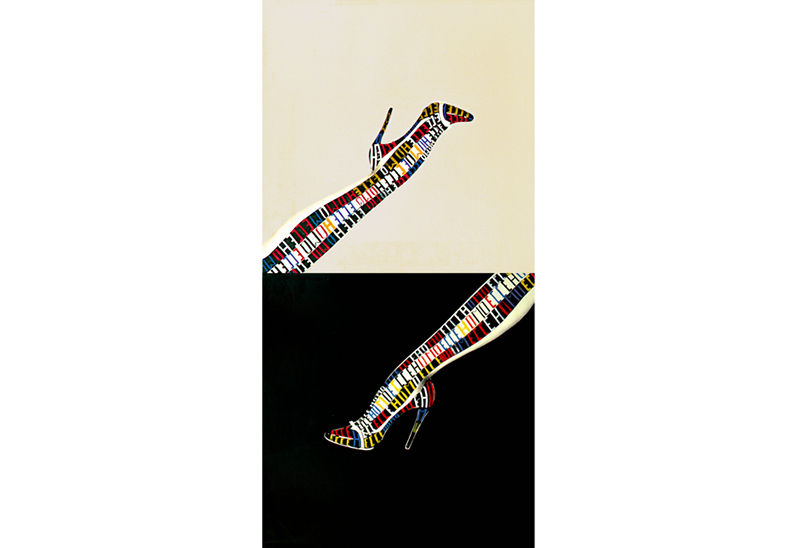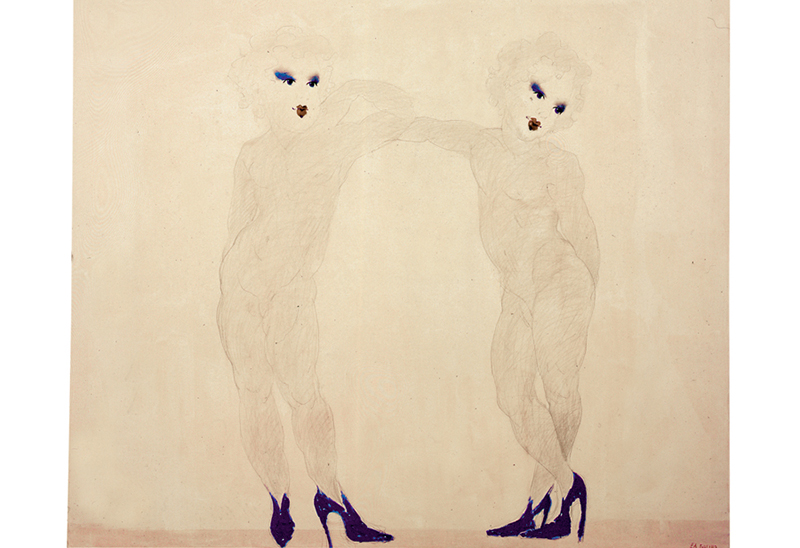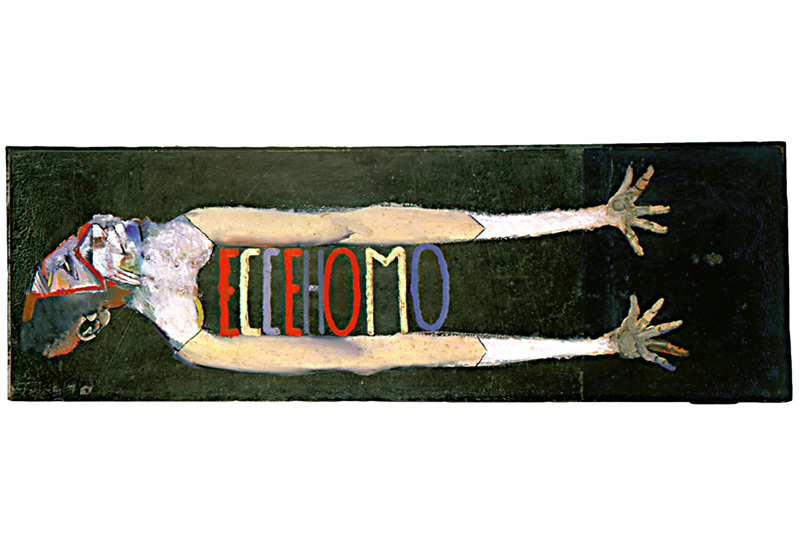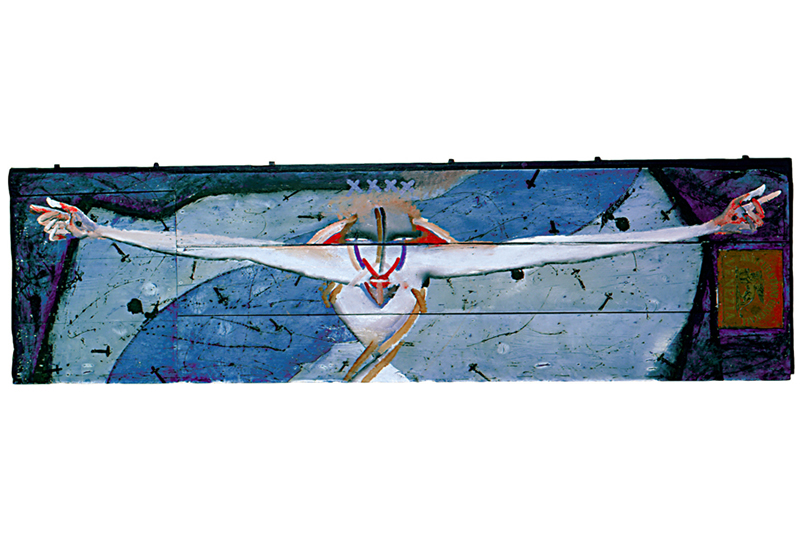Ecce Homo
"But there is a supreme way to overcome cultural barriers: the door. The door is an archetypal concept, an old and modern artistic event which has its roots in time immemorial [...]. It symbolizes the passage from one place to another, from a country to another, from a philosophy to another, from a religion to another; it reveals another place, it proceeds towards the unknown, the infinite, what is transcendent, mystery. It is at the same time physical and metaphysical, sculptural and architectural, material and spiritual, metaphoric and symbolic. It is also a sign of God which represents the real door, but it goes beyond God Himself" (Costanzo Costantini in Franco Accursio Gulino - Catalogo Generale Ragionato Tomo I)
Doors and the big paintings of the collection Ecco homo show the Human-Christ of the Gospels, mocked, flagellated, disfigured with pain and they cross-refer to the blindness of a system, which punishes and judges, mortifying the right to exist of other human beings. But shapes constantly seem to melt and decompose due to the constant vital force which turns them into something different, constantly transforming, as Mr. C. Bertelli writes, «ecce homo is not ecce vir» but «more frequently it is the androgynous type, as the realization of the indifference of sexes towards the tragedy which takes place in some paintings with an ironic desecration of false pietism»

























